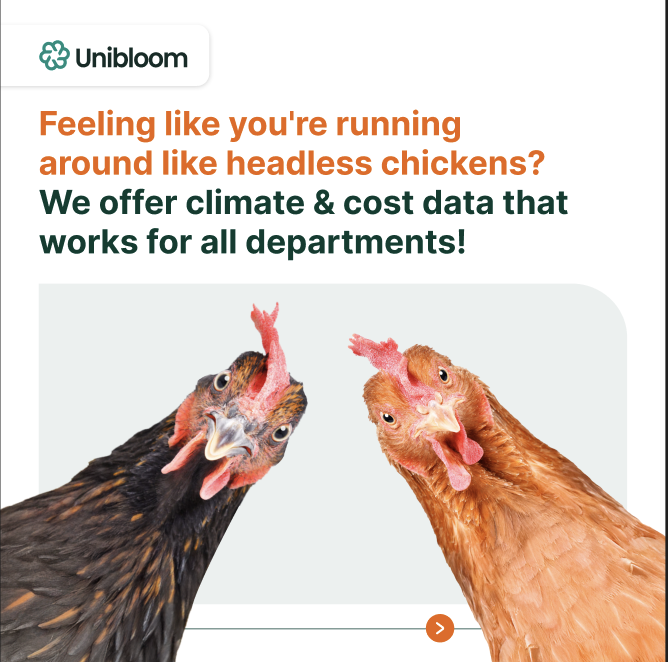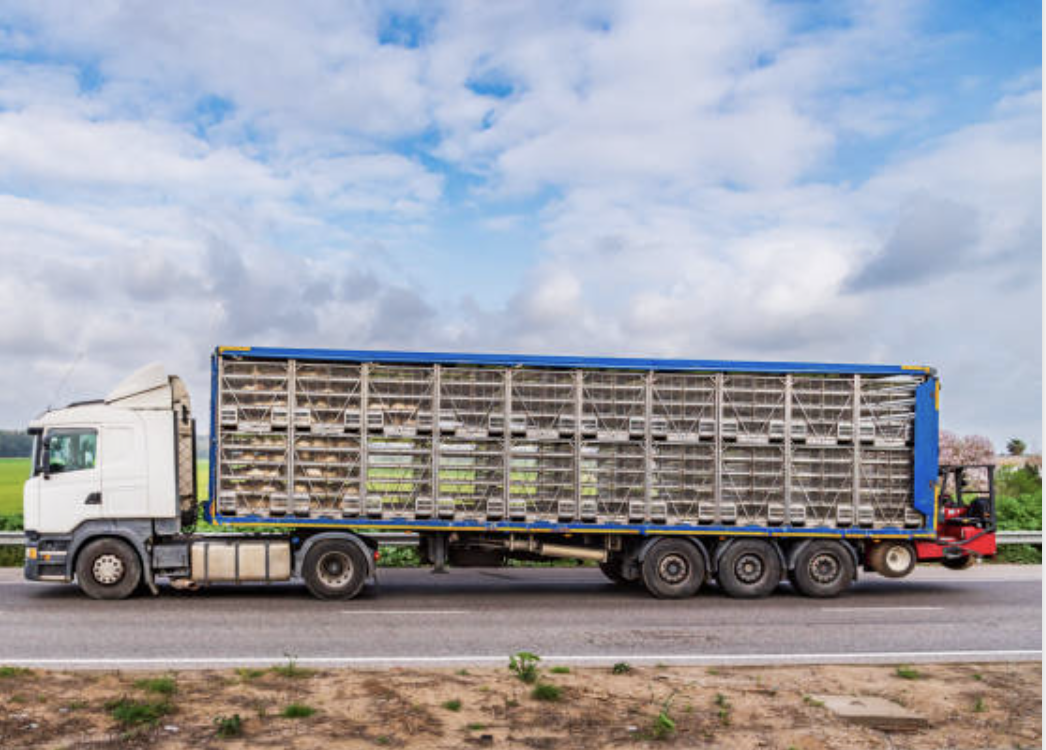From Ukraine to Slovakia: The rise of European soy and what it means for procurement

Europe’s soybean production is on the rise, but are procurement teams paying attention? With several EU countries ramping up their soy cultivation, sourcing locally could mitigate supply chain risks and align with sustainability targets and new regulations. But is the data to make those sourcing decisions readily available? Not really.
European soybean production is gaining momentum, with cultivation area expanding by 44% and a record harvest of over 13 million tonnes in 2024. The EU is showing remarkable resilience in strengthening its soy market. According to the Ukrainian Ministry of Agriculture, Donau Soja experts estimate the total harvest to exceed six million tonnes and countries like Russia and Austria are also gaining ground, positioning themselves as strong contenders in the EU soy market. The overall European production landscape is evolving with more diversified sourcing opportunities.
Meanwhile, EU soybean imports have surged by 25% since 2020, hitting 11.22 million tonnes by April 2025. Brazil capitalised on this demand, now supplying 45% of EU soy imports—its highest share ever. Yet, the reliance on Brazil comes with caveats: non-GMO soy exports to the EU fell by 30–35% in 2025, forcing buyers to navigate the tricky balance between cheaper GM soy and non-GMO preferences. Non-certified EU soybeans emit approximately 0.6-0.8 kg CO₂-eq per kg of soybeans, including Land Use Change (LUC). In comparison, non-certified Brazilian soybeans, due to significant deforestation in regions like the Amazon and Cerrado, emit approximately 5.6 kg CO₂-eq per kg—nearly 7-10 times higher than EU soybeans.
But here’s the catch:
General databases lack robust emissions data for many EU soy-producing countries. Without comprehensive cost and emissions insights, procurement teams are left in the dark, struggling to make data-backed decisions.
Hungary and Austria have been notable producers, achieving production values of 69,507 (1000 USD) and 108,382 (1000 USD) respectively in 2023. Meanwhile, Slovakia has also demonstrated substantial potential, positioning itself as a viable alternative to non-EU imports. (Source: FAO).
About 40% of the soya imported into the EU comes from Brazil, carrying a high deforestation risk. If procurement teams do not act now and continue to rely heavily on Brazilian soy, they risk being associated with significant deforestation and high carbon footprints. The EUDR requires companies importing soy to the EU to prove traceability and compliance by ensuring their products do not come from deforested areas. This adds further regulatory risk to heavy reliance on Brazilian soy. This not only undermines sustainability goals but also exposes companies to regulatory and reputational risks as global scrutiny on supply chain emissions intensifies.
That’s where Unibloom steps in.
- We’ve developed extensive emissions data points for key EU soy producers, including Ukraine, Slovakia, Russia, and more.
- Our real-time scenario modeling lets you compare EU vs. non-EU sourcing options across emissions and cost—instantly.
- Integrated insights bring emissions impact and supplier readiness into a single view, supporting SBTi FLAG targets.
Choosing EU soy isn’t just about compliance—it’s a strategic play for traceability, climate alignment, and market access. With the right data, your team can turn sourcing decisions into competitive advantages.
Are you ready to unlock the value of EU soy and make smarter, data-driven & cost-effective sourcing decisions? Let’s talk.
anna.sandgren@unibloom.world
https://unibloom.world
https://www.unibloom.world/customer-stories




